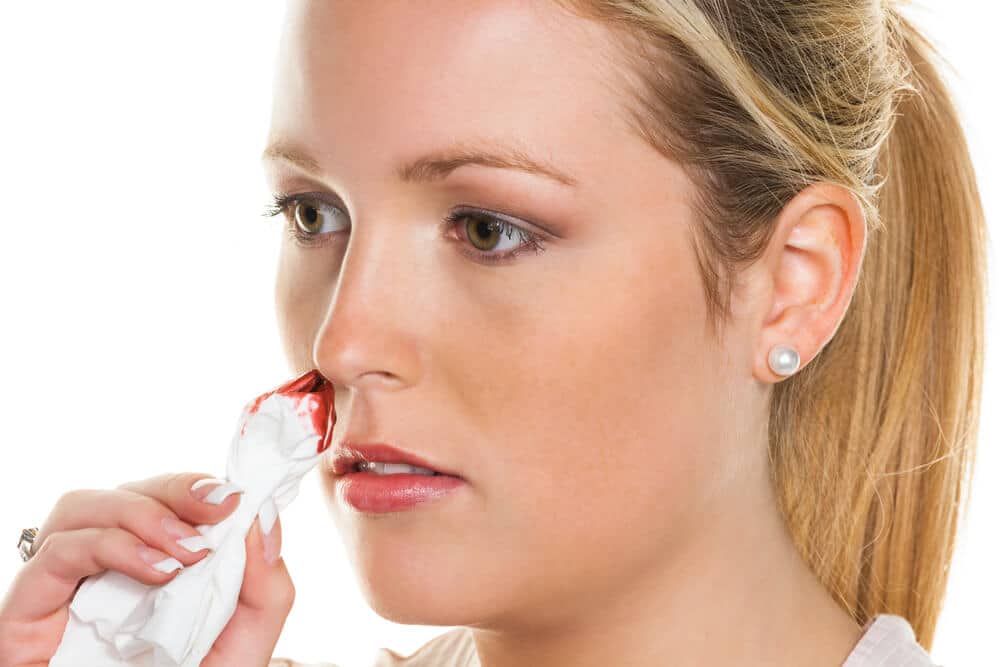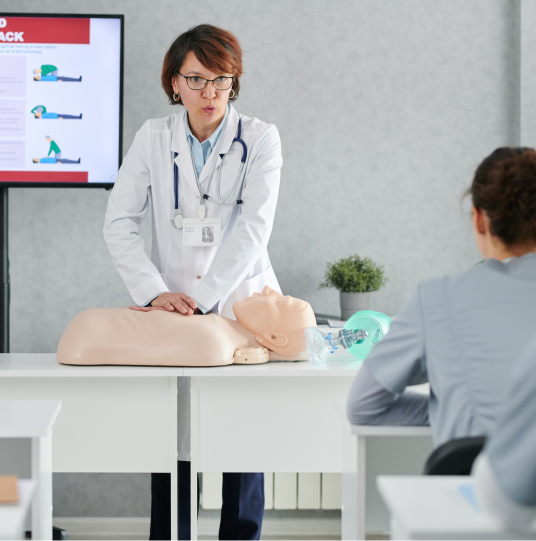Chapter 22: First Aid- Wound Emergencies
Defined:
Wounds are an injury of the soft tissue (tissue in the body that is not bone). Wounds are generally classified as either a closed or open wound.
Causes:
- Abrasions (cuts or lacerations)
- Amputation
- Blow
- Bite
- Falling
- Fight: punch, bump or hit
- Motor vehicle accident
- Puncturing and penetrating (sharp objects, glass, etc.)

Signs and Symptoms:
- Bleeding
- Bruising
- Pain
- Redness, swelling
Common Emergency Example(s):
Closed Wound:
A closed wound is a wound on the skin’s surface that does not break the skin. A common closed wound is a bruise, which develops when the body is bumped or hit. A more serious closed wound may be caused by a violent force hitting the body. The person can severely damage tissues, blood vessels and muscles, leading to heavier internal bleeding.
Open Wound:
An open wound causes a break in the skin. The wound can range from something minor like a scrape to a deeper, puncture of the skin. A minor open wound includes small cuts, scrapes and abrasions. Immediate medical attention may be required for major open wounds that are heavily bleeding (i.e., amputation).
First Aid Actions / Treatment:
- Assess the scene and check for your safety.
- Get a First Aid kit and wear personal protective equipment.
- If person is experiencing:
- Nose bleed: pinch the nose, tilt the head forward and apply a cold pack to the bridge of the nose
- Mouth bleeding (dental emergency): apply pressure with gauze to the area, but be careful not to block airway; check for missing or loose teeth; if tooth is out, rinse with water and place in a cup of milk; call a dentist for loose or chipped teeth
- Minor closed wound (bruise): elevate injured area and apply ice pack or cold towel for 30 to 45 minutes
- Minor open / bleeding wound (cuts, abrasions): apply pressure with gauze (dressing) to the area; keep pressure on the wound until bleeding stops; apply a dressing and cover with a bandage
- Activate EMS (Call 9-1-1) if there is a lot of bleeding, trouble breathing, signs of shock or the person has a major open or closed wound.
- If necessary in severe conditions, provide CPR. If you do not know how, give Hands-Only CPR.

